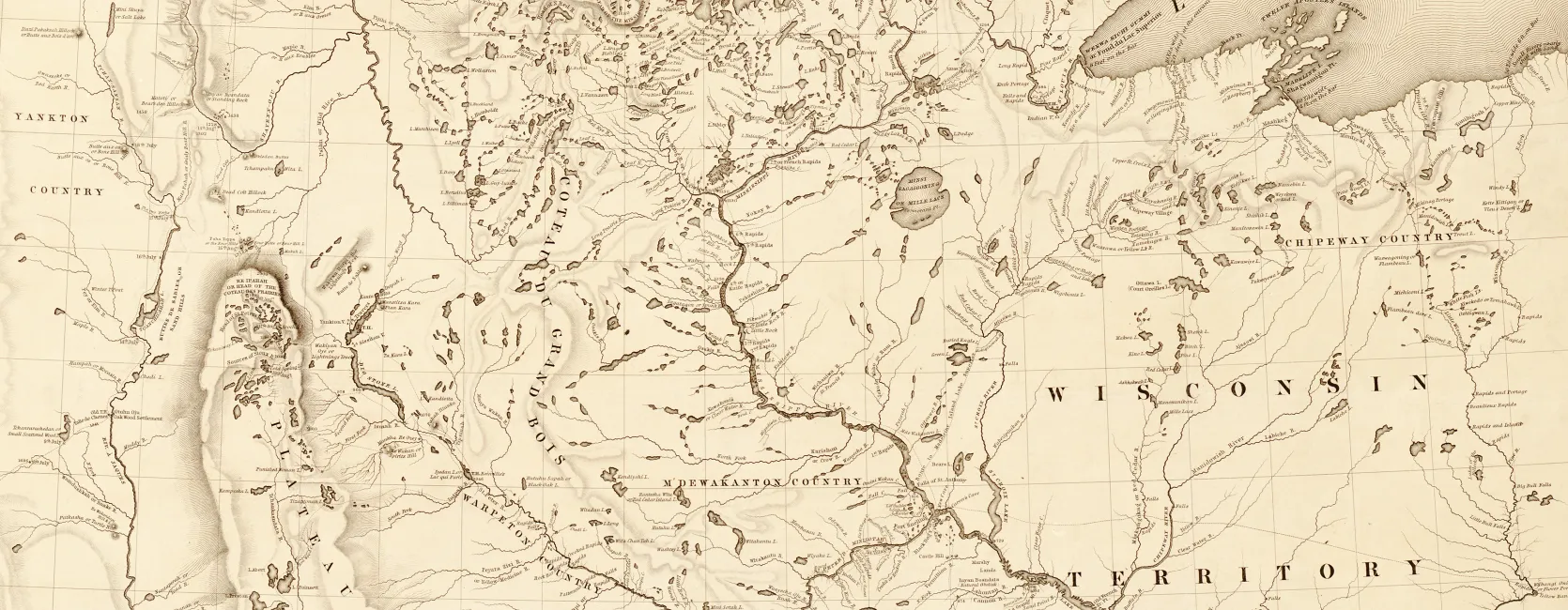Image

Due to the government shutdown, we are temporarily closed. Please check back for reopening updates.

(1939-1941)
Click here for U.S. Antarctic Service Expedition Collections
In contrast to the copious amount of plant life found in the Arctic, the Antarctic continent is virtually barren. The enduring cold temperatures and relentless drought make it extremely difficult for plant life to survive. For this reason, the botanical collectors on the United States Antarctic Service Expedition did not return to the United States with an extremely large collection. Their findings did, however, greatly increase knowledge of the species that endure these harsh conditions.
Carl Eklund and Jack E. Perkins, the key botanical researchers on the expedition, collected 24 different plants, 15 bryophytes and lichens, and 9 species of algae from the Antarctic continent. They sent over 70 specimens to the Smithsonian Institution to be added to the U.S. National Herbarium. In addition, samples of diatoms—a common phytoplankton often used today to test water quality—were gathered and sent to the museum for study.
The United States Antarctic Service Expedition was only the second government sponsored journey to the Antarctic in 100 years. The expedition would be led by Admiral Richard E. Byrd. In November of 1939, President Franklin Roosevelt gave an order outlining the main objectives of the expedition. The mission was to organize two field bases from which they would map the geography of the mountainous west coast of the Weddell Sea between Cape Eielson and the Luitpold Coast. The west base was established in January of 1940 in the Bay of Whales. Two months later, the east base was established on the north side of Neny Bay.
At each base, teams of scientists, led by Eklund and Perkins, were hard at work searching for plant life. Lichens—a combination of algae and fungi—were found growing in the damp, sunless environment of the cracks of rocks along the coasts. Many of the botanists on the expedition observed the common lichen, Alectoria antarctica, growing in these cracks. Paul Siple, one of the researchers on the expedition, explained that, “such pockets [catch] a small quantity of snow which melts to temporarily form pools of water along whose margins Alectoria antartica [is] afforded time to grow quite well.”
Other lichens were also collected on the expedition, including Heppia stereoclauloides, Eklundi antarctica, and Latzelia antarctica. Carroll W. Dodge, an active lichenologist during the time of the expedition and author of the monumental book Lichen Flora of the Antarctic Continent and Adjacent Islands, wrote that expedition researcher R.G. Fitzsimmons located Latzelia antarctica on Mt. Paterson. This species of lichen is cryptoendolithic, meaning that it grows hidden in porous rocks to avoid the blistering winds of Antarctica. Despite the harsh environment, lichens are among the longest-living organisms on Earth.
Algae were also found in the frigid expanse, growing naturally between frozen rock crystals. The algae of the region gave scientists an indication of the kind of life that might survive on an ice-covered planet. Scientists gathered the green, marine algae Prasiola crispa and Phormidium autumnale, which grow in clumps and form dense mats.
The United States Antarctic Service Expedition was cut short due to the Second World War. Nevertheless, the operation was deemed a success as many scientific observations were completed in the fields of oceanography, astronomy, biology, and physics.
References:
"Antarctica- Plants and Animals."Science Encylopedia, n.d.
http://science.jrank.org/pages/393/Antarctica-Plants-animals.html
Bartam, Edwin. "Mosses from the United States Antarctic Service Expedition, 1940-41." The Bryologist 60, no. 2 (1957): 139-143.
Dodge, Carroll William. Lichen flora of the Antarctic Continent and adjacent islands. Phoenix: Phoenix Pub, 1973.
Ohio State University. "Byrd Polar Research Center at The Ohio State University." Byrd Polar Research Center at The Ohio State University, n.d. http://bprc.osu.edu/
Rindi, Fabio. "Prasiola crispa (Lightfoot)." Seaweeds of Alaska, 2006. http://www.seaweedsofalaska.com/documents/Prasiola_crispa.pdf
Siple, Paul. "The Second Byrd Antarctic Expedition: Ecology and Geographical Distribution." Annals of the Missouri Botanical Gardens 25, no. 2 (April 1938): 467 - 514.
South-Pole.com "Antarctic Explorers: Richard E. Byrd: The US Antarctic Service Expedition 1939-41." Polar Postal History on the Web.http://www.south-pole.com/p0000146.htm